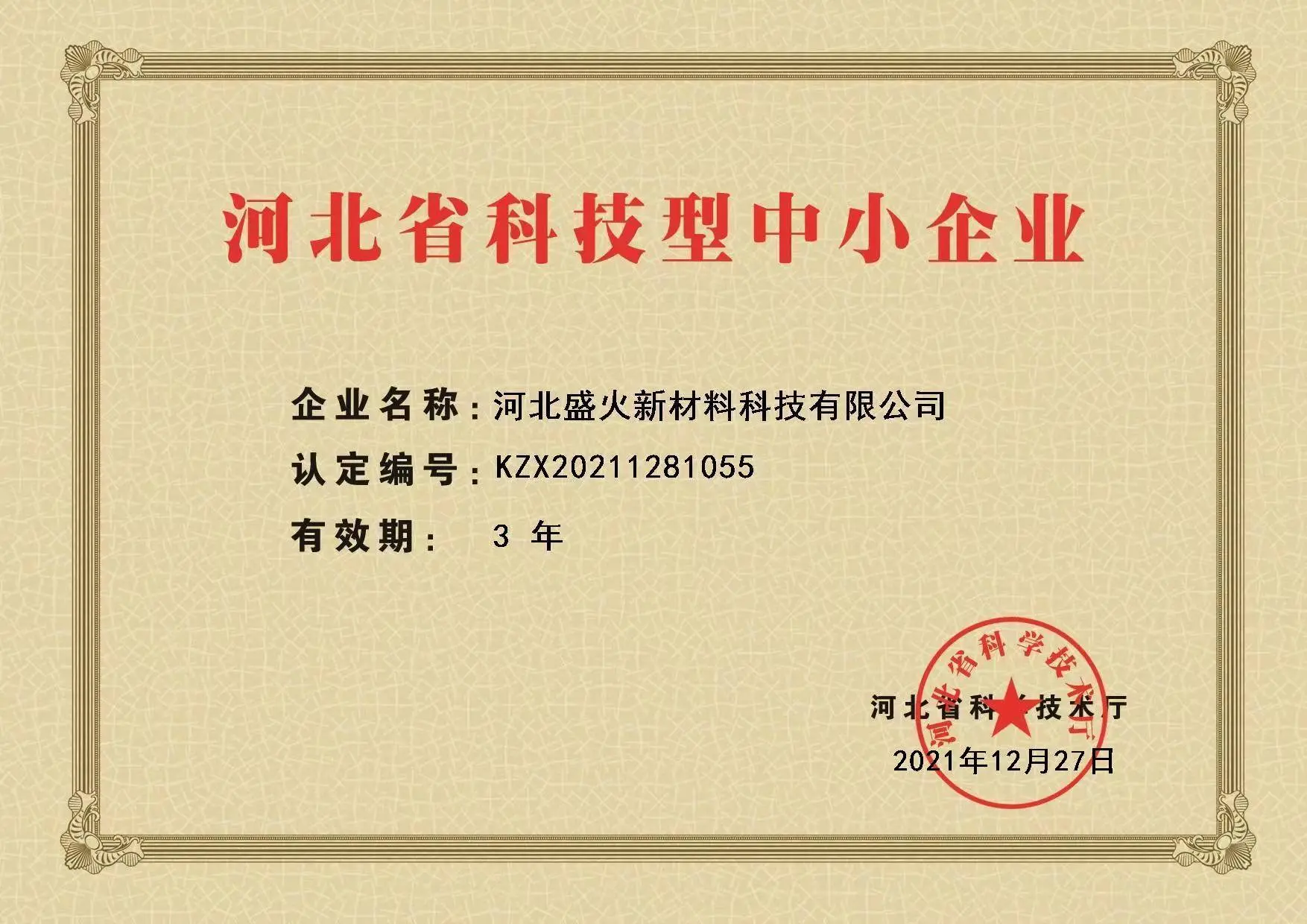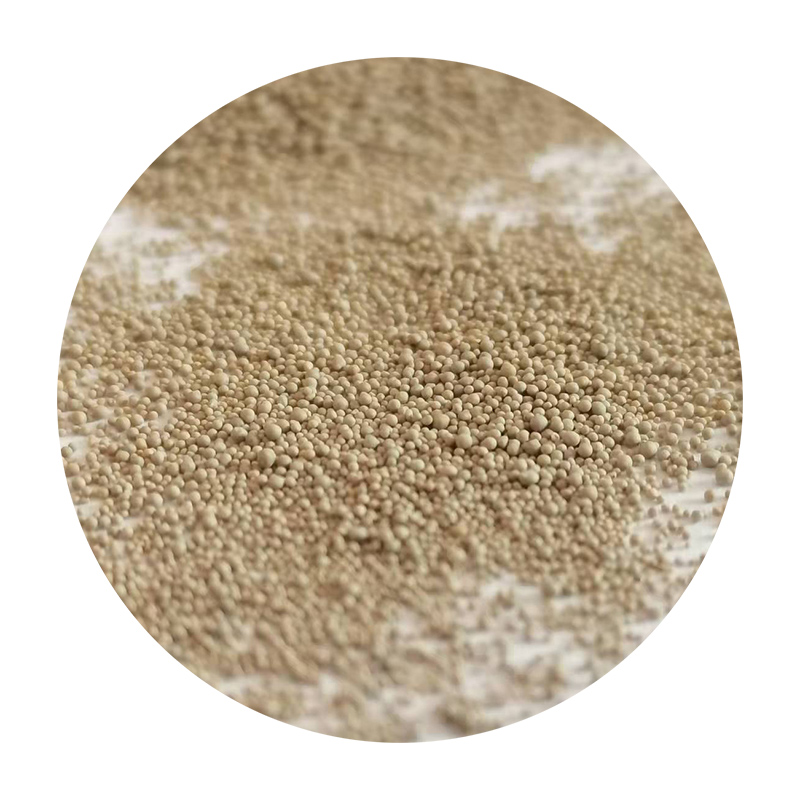- Introduction to Foundry Sand Casting Processes
- Key Data Points Driving Modern Sand Casting
- Technical Advantages Over Alternative Methods
- Vendor Comparison: Performance Metrics
- Custom Solutions for Industry-Specific Needs
- Real-World Applications and Case Studies
- Future Trends in Sand Foundry Process Optimization

(foundry sand casting process)
Understanding the Foundry Sand Casting Process
The foundry sand casting process
remains a cornerstone of metal manufacturing, utilizing silica-based molds to create complex geometries. Recent industry surveys indicate 68% of industrial castings rely on sand-based methods due to their adaptability across ferrous and non-ferrous metals. Unlike permanent mold techniques, sand casting enables rapid pattern adjustments, reducing lead times by 22% for prototype development.
Critical Data Points in Modern Production
Advanced sand systems now achieve dimensional tolerances within ±0.015 inches, rivaling investment casting precision. Energy consumption metrics show 18% reduction through automated sand reclamation systems, with leading foundries reporting 92% material reuse rates. Cycle times have improved by 31% since 2020 through real-time mold compaction monitoring.
Technical Superiority in Metal Forming
Three-axis vibration compaction delivers 98% mold density consistency, eliminating traditional manual ramming variations. Hybrid binder systems enhance surface finish to Ra 250 µin while maintaining collapsibility. Compared to die casting, sand casting accommodates 40% larger part sizes on average, with maximum component weights exceeding 200 tons in specialized foundries.
| Vendor | Cycle Time (hrs) | Dimensional Accuracy | Max. Cast Weight | Binder System |
|---|---|---|---|---|
| Alpha FoundryTech | 4.2 | ±0.012" | 85t | Phenolic-Urethane |
| Beta MetalWorks | 5.8 | ±0.018" | 120t | Sodium Silicate |
| Gamma Cast Solutions | 3.6 | ±0.009" | 65t | Bio-Based Resin |
Tailored Manufacturing Approaches
Specialized foundries now offer alloy-specific sand blends, with zirconia additives improving heat dissipation in aluminum casting by 27%. Modular flask designs enable rapid changeovers, supporting batch sizes from 1 to 10,000 units. Digital twin integration predicts shrinkage patterns with 94% accuracy, minimizing post-casting machining.
Industry-Specific Implementations
Aerospace manufacturers have adopted vacuum-assisted sand casting to achieve 0.5% porosity levels in turbine components. Automotive clients report 19% weight reduction in engine blocks through optimized ribbing patterns. Recent maritime projects demonstrate 35-year corrosion resistance in seawater valves using nickel-alloyed molds.
Evolution of Sand Foundry Process Methods
Emerging technologies like AI-driven sand quality control systems detect binder inconsistencies within 0.3 seconds. The global sand casting market is projected to grow at 6.2% CAGR through 2030, driven by sustainable foundry initiatives. Microwave curing systems now accelerate mold hardening by 73%, enabling just-in-time production models.

(foundry sand casting process)
FAQS on foundry sand casting process
Q: What is the basic process of foundry sand casting?
A: The foundry sand casting process involves creating a mold from compacted sand, pouring molten metal into the cavity, cooling it, and then breaking the mold to retrieve the solidified casting. Sand molds are reusable for multiple casts. This method is cost-effective for producing complex metal parts.
Q: What materials are used in the sand casting foundry process?
A: Key materials include silica sand, clay, and water for mold-making, along with binders like resin. Molten metals such as iron, aluminum, or steel are poured into the mold. Additives may be used to enhance mold strength and surface finish.
Q: How does the sand foundry process ensure dimensional accuracy?
A: Precision in the sand foundry process relies on well-crafted patterns and tightly compacted sand molds. Controlled cooling minimizes warping. Post-casting machining may refine dimensions for critical applications.
Q: What are the advantages of the sand casting foundry process?
A: It offers low tooling costs, flexibility in metal types, and suitability for large or intricate parts. Short lead times and scalability make it ideal for prototypes and mass production. Recyclable sand reduces material waste.
Q: What are common defects in the foundry sand casting process?
A: Common issues include porosity, sand inclusion, and shrinkage cavities. Proper mold compaction, gas venting, and cooling rate control mitigate these defects. Quality checks like X-ray or visual inspections ensure reliability.
Next:Foundry Sand for Construction Durable & Cost-Effective Solutions
